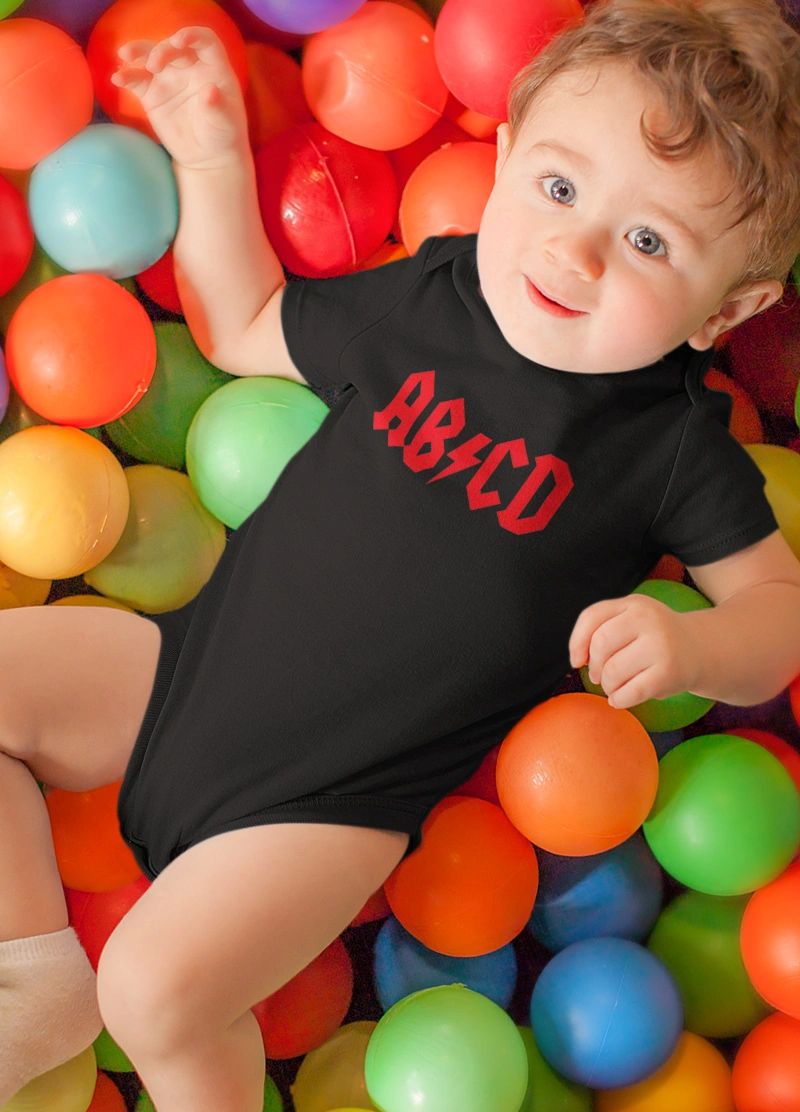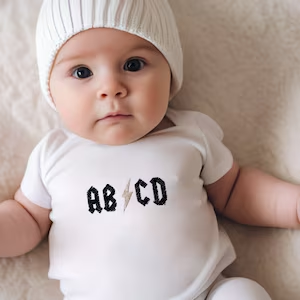
How many letters in the alphabet
letters in the alphabet The English alphabet is a fundamental building block of the language, guiding us through reading, writing, and communication. From A to Z, the alphabet is not just a series of letters—it’s a key part of how we make sense of the world. But how well do you really know these letters? Let’s take a deeper look into the English alphabet and explore some interesting facts and questions, including how many letters it contains, the order of letters, and more.
Letters in the Alphabet A to Z: A Comprehensive Overview
The English alphabet contains 26 letters, ranging from A to Z. These letters are divided into two types:
- Capital letters (uppercase): A, B, C, D, E, F, G, H, I, J, K, L, M, N, O, P, Q, R, S, T, U, V, W, X, Y, Z
- Small letters (lowercase): a, b, c, d, e, f, g, h, i, j, k, l, m, n, o, p, q, r, s, t, u, v, w, x, y, z
Each letter has a unique sound and role in forming words, sentences, and ideas. They allow us to communicate clearly, and are essential for everything from reading a book to sending a text message.
How Many Letters Are in the Alphabet?
There are 26 letters in the English alphabet. This is a fixed number, and no additional letters have been added or removed from the traditional set over time. These 26 letters are the foundation for constructing countless words, sentences, and even entire books. They also serve as a universal code for the English language, even as its pronunciation and rules evolve.
A to Z Alphabet: Small Letters vs. Capital Letters
When we talk about the A to Z alphabet, we’re usually referring to both capital letters and small letters. The uppercase letters (A, B, C, D, etc.) are often used at the beginning of sentences, proper nouns, and titles. Meanwhile, lowercase letters (a, b, c, d, etc.) are more commonly used in regular writing.
Here’s a comparison for clarity:
- Capital Letters (A to Z): These are larger and often used to signal the beginning of a sentence or the name of a person, place, or thing.
- Small Letters (a to z): These are smaller and are used for the majority of words in sentences and paragraphs.
This distinction makes reading easier, as it helps us to identify key words and structure in a sentence or passage.
Alphabet Number Chart 1-26
Another useful way to view the alphabet is by associating each letter with its corresponding number in the sequence from 1 to 26. This alphabet number chart can be helpful in learning the order of letters or even for encoding messages, as each letter has its numerical equivalent:
- A
- B
- C
- D
- E
- F
- G
- H
- I
- J
- K
- L
- M
- N
- O
- P
- Q
- R
- S
- T
- U
- V
- W
- X
- Y
- Z
This number chart is helpful for children learning the alphabet or for understanding alphabetical order when sorting lists or files.
How Many Letters in the English Alphabet?
The question of how many letters are in the English alphabet is straightforward: there are 26 letters. However, the English language has undergone some changes over time, and there are variations in how the alphabet has been used. Some older systems of English included letters such as the ampersand (&), but modern English standardizes the alphabet to 26 letters.
The 13th Letter of the Alphabet
Have you ever wondered which letter is the 13th letter in the alphabet? It’s M.
- The 13th letter of the English alphabet marks the middle of the set, symbolizing balance and being at the heart of the alphabet.
- M is used frequently in words like “magic,” “mountain,” and “moment.” It’s a sturdy letter that appears in both common and uncommon words.
Wrapping It Up: The Power of the Alphabet
From A to Z, the English alphabet is a vital tool for learning, communication, and creativity. Whether you’re working with capital or small letters, using the alphabet number chart, or simply recalling the 13th letter of the alphabet (M), understanding these letters allows you to unlock the world of language. Knowing how many letters there are, how they are used, and their sequence opens doors to new possibilities, whether you’re learning to spell, creating stories, or solving puzzles.
No matter how you use it, the alphabet is a powerful system that is central to every word you write, read, and speak. So the next time you look at those 26 letters, remember: you’re looking at the foundation of all communication in the English language.
